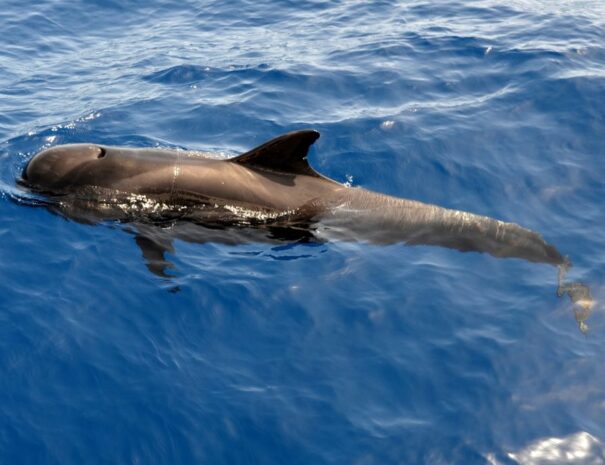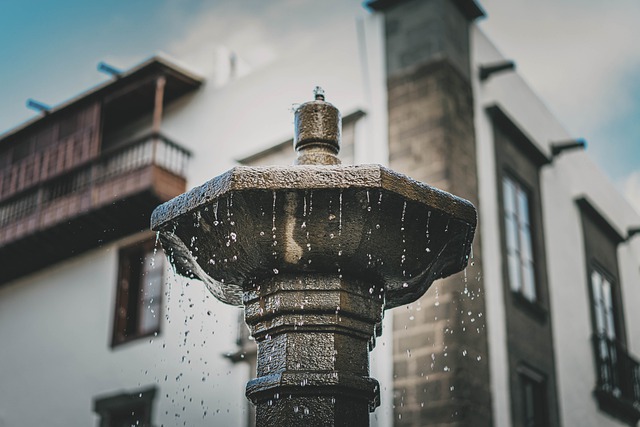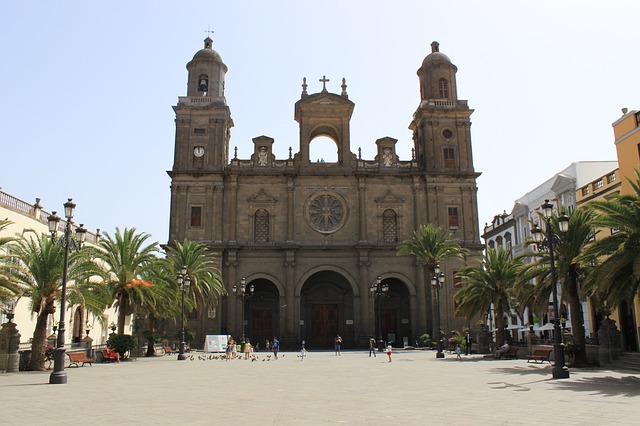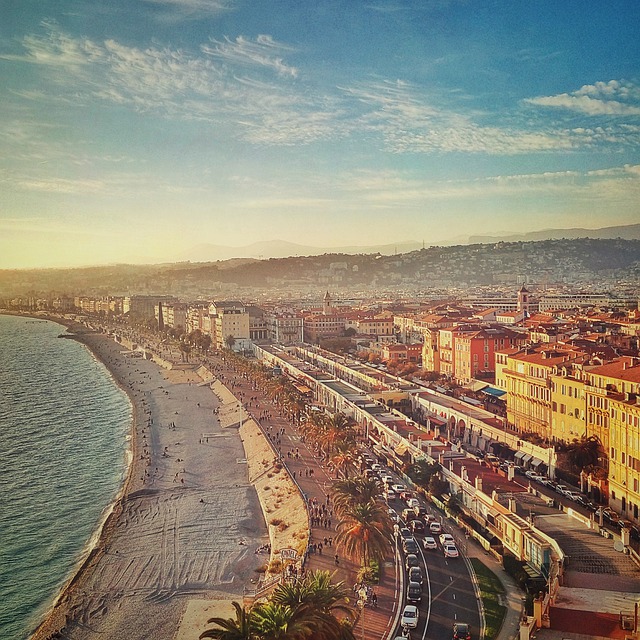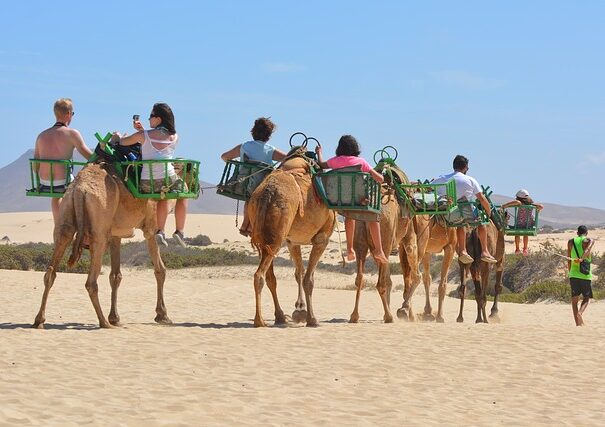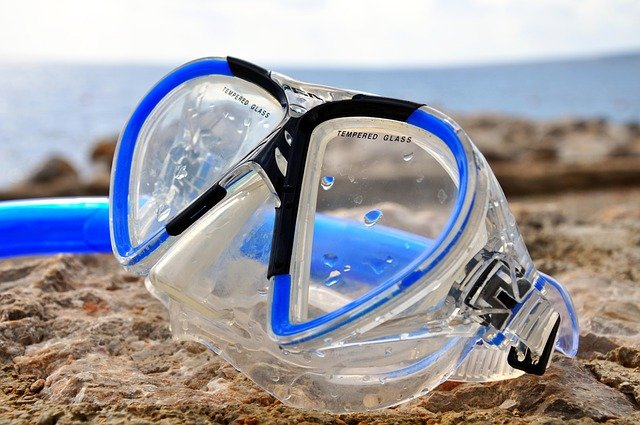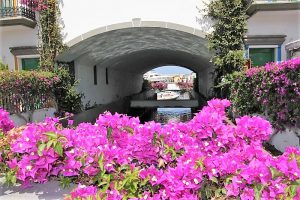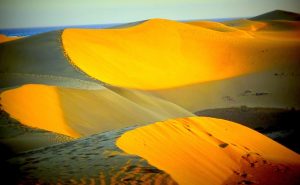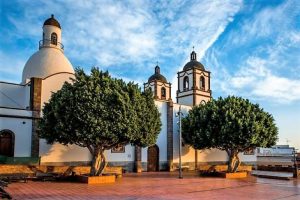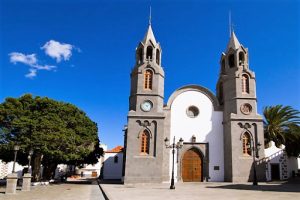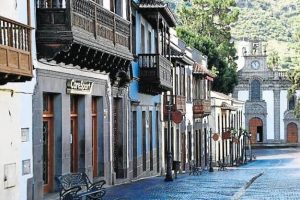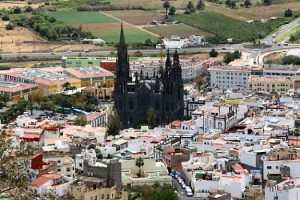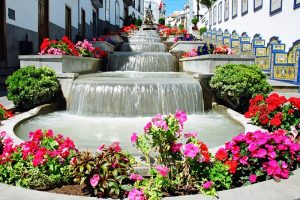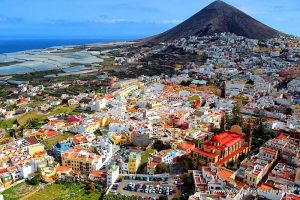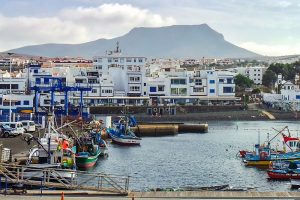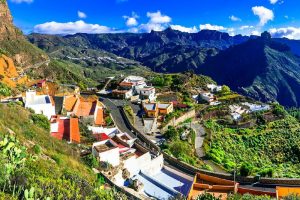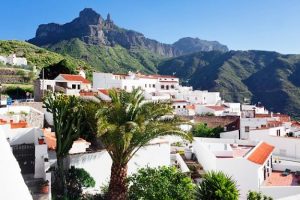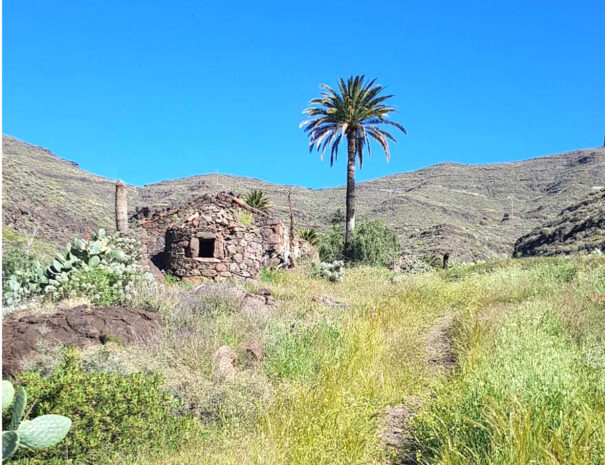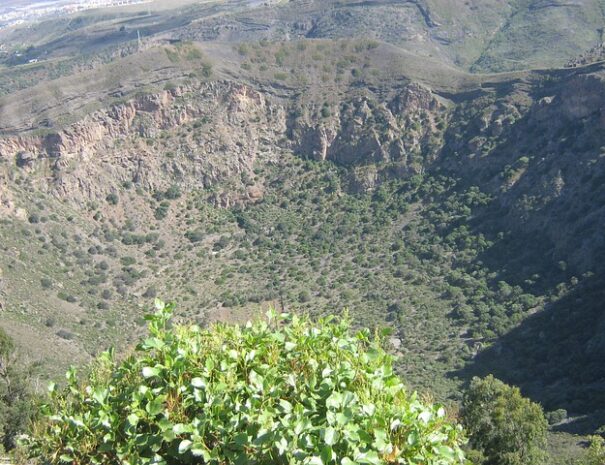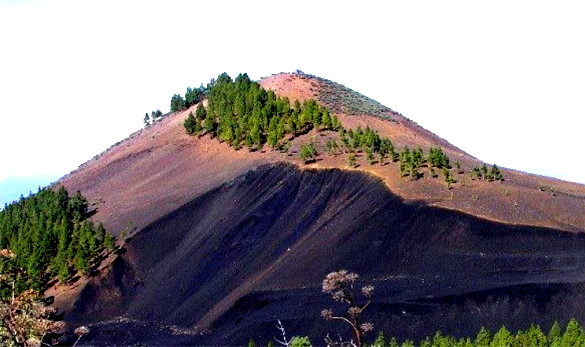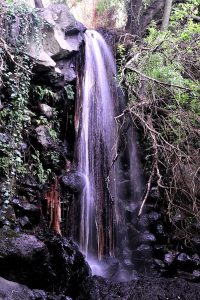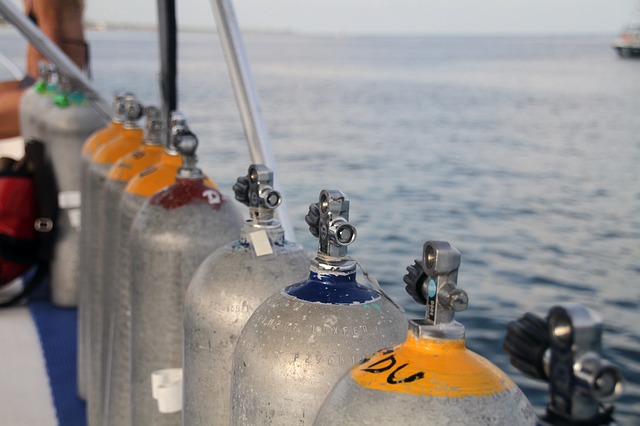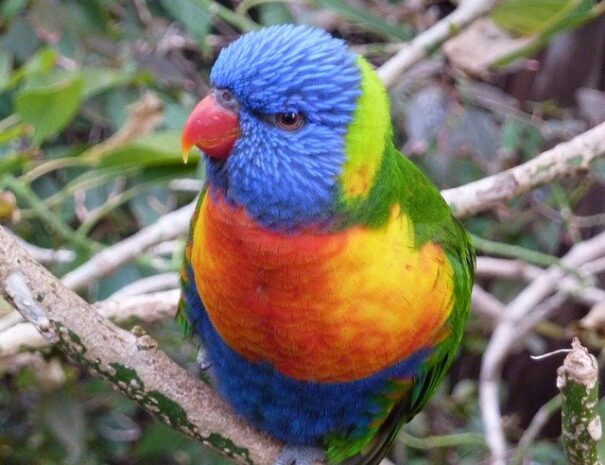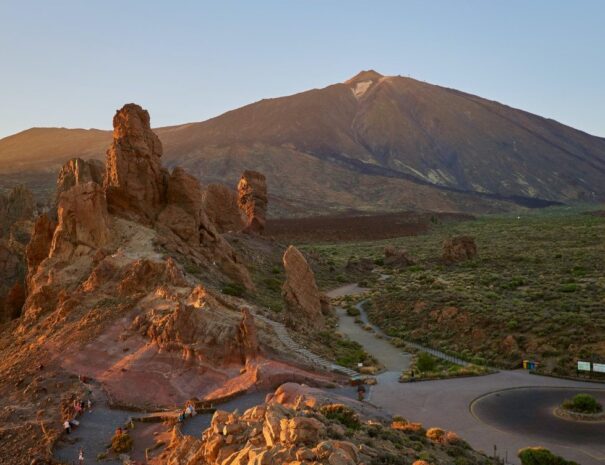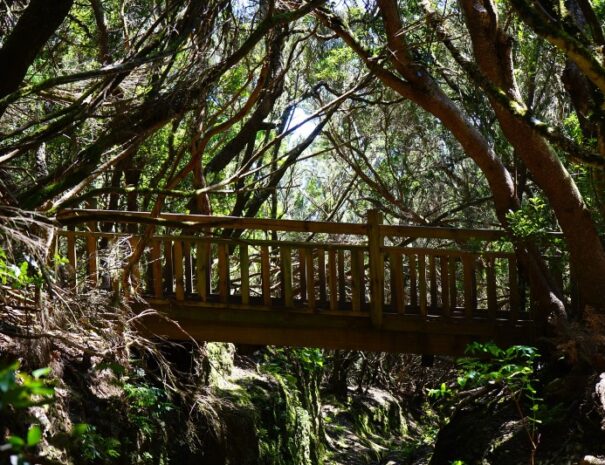Maspalomas beach is a 3 kilometer wide stretch of idyllic, white golden sand and warm turquoise water, in the south of the island. The beach is 60 km from the capital of Las Palmas, which is about an hour’s drive.
Leading up to the beach itself there is a wide stretch of dunes, that makes for a pretty breathtaking backdrop. The ecosystem of the Maspalomas dunes has enormous natural value, which fights to be conserved while being forced to coexist with the tourist development of the area.
A number of studies have been carried out recently carried out on its conservation, promoted by the General Directorate of Coasts and by the Cabildo de Gran Canaria.
Also part of this special ecosystem is a small lagoon known as the “Charca de Maspalomas”. This lagoon is a unique little safe-haven that is home to a wide array of birds, fish, and other wildlife.
